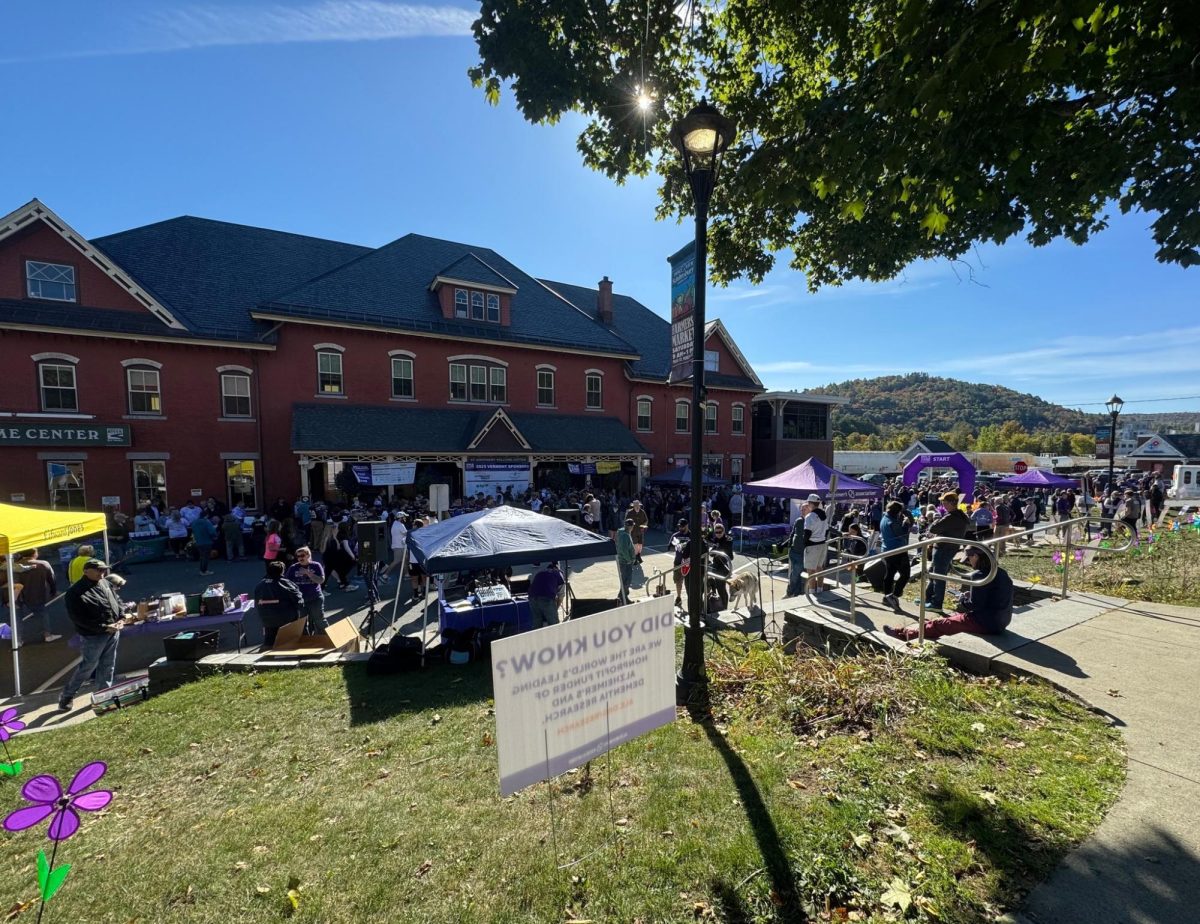Working to Live
On average, it costs a family of four $104,000 to live in the state of Vermont. That same family – with two people working at minimum wage – earns only $54,800, nearly half as much as they need: That means a coverage of only about 54% of costs.
This discrepancy is in Vermont, a state bragging a $13.18 per hour minimum wage, while the federal minimum remains $7.25 per hour. Alarmingly, 20 states across the country still only require the federal minimum wage. If 46% of costs remain uncovered in Vermont, how much worse must it be in those other 20 states?
It is obvious, based on these numbers, that a family simply cannot live off many state’s minimum wage – so why is it still so low? The fact is, minimum wage has not changed since 2009 despite the fact that productivity and GDP (profit of productions and services) have grown. This means that businesses, companies, and the US have been profiting off of employee productivity, yet they have chosen not to keep minimum wage on par with this growth.
Many workplaces respond negatively to increased minimum wage by raising the prices of goods and services to mitigate their costs. This cancels out any gain workers receive from an increased minimum wage.
However, we, as a community, can demand that both the government and business owners pay a livable wage by expressing support for this necessary action.
Speaking up and telling local business owners that you care about their employees’ fair compensation highlights the issue of minimum wage versus living wage. In addition to that, letting officials know that their community and voters support actions to raise the minimum wage will encourage them to push for it.
By employing these methods, we can positively influence our community, shifting people out of poverty and allowing them the dignity of being able to afford basic necessities for their family.
Lillian McLure – junior at Blue Mountain Union School – an advocate for livable wages and fair costs. Loves Green Day and Dead Kennedys.























